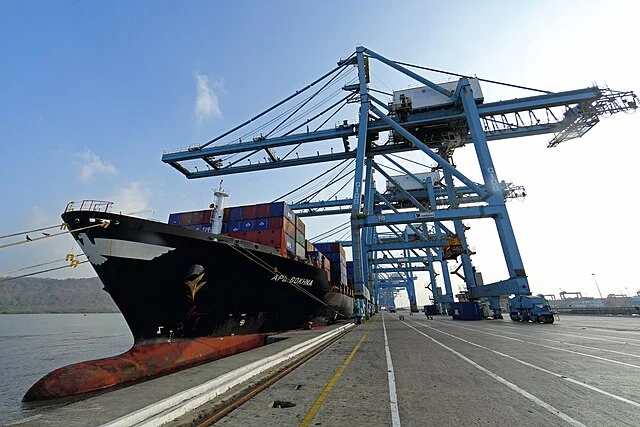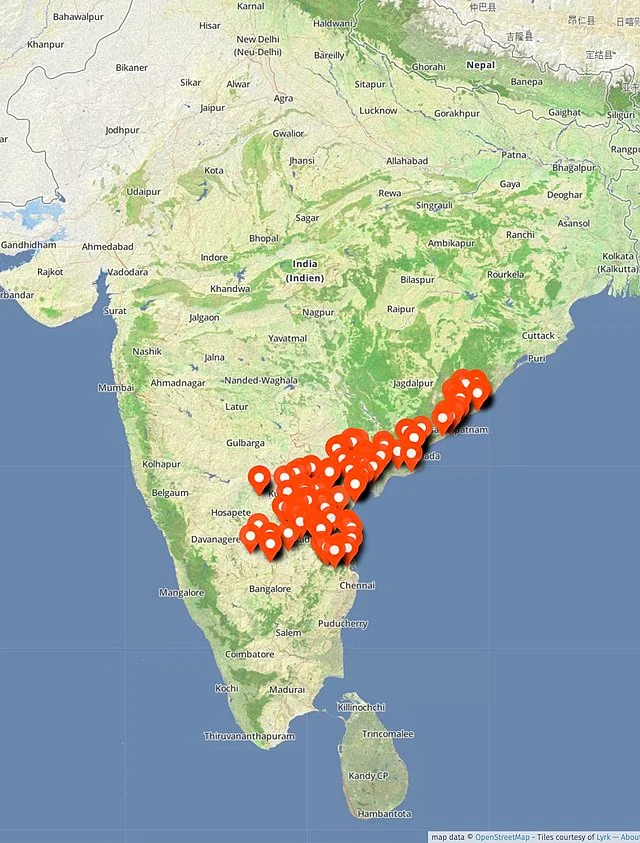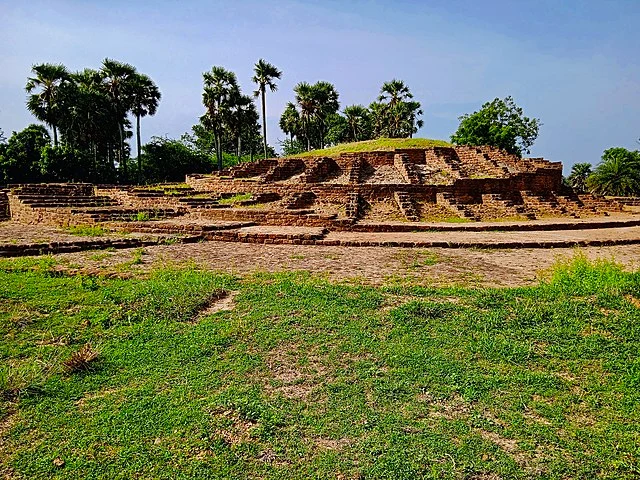Kalingapatnam is a small town located on the east coast of Andhra Pradesh, India. It holds great historical significance due to its role as a prominent port in ancient times. Kalingapatnam’s history is closely tied to the Kalinga region, which played a major role in trade and commerce across the Bay of Bengal.
Get your dose of History via Email
The town was part of the Kalinga kingdom, which extended over present-day Odisha and parts of Andhra Pradesh. Kalinga is well-known for its fierce resistance against Emperor Ashoka’s invasion in 261 BC. This war, known as the Kalinga War, resulted in massive casualties. The devastation deeply affected Ashoka, leading him to embrace Buddhism.
Trade and Commerce

Kalingapatnam flourished as a significant port during the rule of various dynasties, including the Satavahanas, Ikshvakus, and the Eastern Ganga dynasty. The port facilitated trade with Southeast Asia, Sri Lanka, and other distant regions. Goods like textiles, spices, and precious stones were exported from Kalingapatnam. In return, the port received goods and cultural influences from distant lands.
During the medieval period, Kalingapatnam continued to thrive under the Eastern Ganga and Gajapati rulers. The town played a pivotal role in maritime trade, acting as a gateway for cultural and economic exchange.
British Colonial Era

Kalingapatnam’s importance as a port persisted during the British colonial period. The British East India Company recognized its strategic location and developed it further as a trading hub. The port facilitated the export of agricultural products, especially rice, tobacco, and cotton. Kalingapatnam also became a center for shipbuilding, with local craftsmen constructing vessels for the British.
During this period, the town saw infrastructure development, including roads and warehouses. These improvements strengthened its role in the regional economy. However, with the rise of other ports like Visakhapatnam, Kalingapatnam’s significance gradually declined by the late 19th century AD.
Cultural Influence

Kalingapatnam’s history as a port town contributed to its diverse cultural landscape. The town became a melting pot of various cultures, with influences from Southeast Asia, the Middle East, and Europe. This cultural exchange is evident in the town’s architecture, art, and local traditions.
The presence of Buddhist relics and stupas in and around Kalingapatnam indicates the spread of Buddhism in the region. Additionally, Hindu temples built during different periods reflect the religious significance of the town. These cultural landmarks are valuable for understanding the region’s historical and religious evolution.
Archaeological Findings

Archaeological excavations in and around Kalingapatnam have uncovered several artifacts, including pottery, coins, and inscriptions. These findings provide insights into the town’s vibrant trade activities and its connections with other ancient civilizations.
In particular, Roman coins found in the region suggest that Kalingapatnam was part of the broader Indo-Roman trade network. These artifacts highlight the town’s historical importance as a trade center.
Modern-Day Kalingapatnam

Today, Kalingapatnam is a quiet coastal town. While its significance as a port has diminished, its historical legacy remains. The town is now a point of interest for historians, archaeologists, and tourists who seek to explore its rich past.
The remnants of the old port, ancient temples, and archaeological sites attract visitors interested in history and culture. Efforts to preserve and promote Kalingapatnam’s heritage are ongoing, with the aim of revitalizing the town’s historical significance.
Conclusion
Kalingapatnam Andhra Pradesh holds a unique place in Indian history as an ancient port town with a rich cultural heritage. Its role in trade and commerce, both in ancient and colonial times, contributed to the economic and cultural development of the region. Although its prominence has waned, Kalingapatnam’s historical and archaeological significance continues to draw attention. The town’s legacy as a center of trade, culture, and religious influence is a testament to its enduring importance in the history of Andhra Pradesh and India.
Source:

